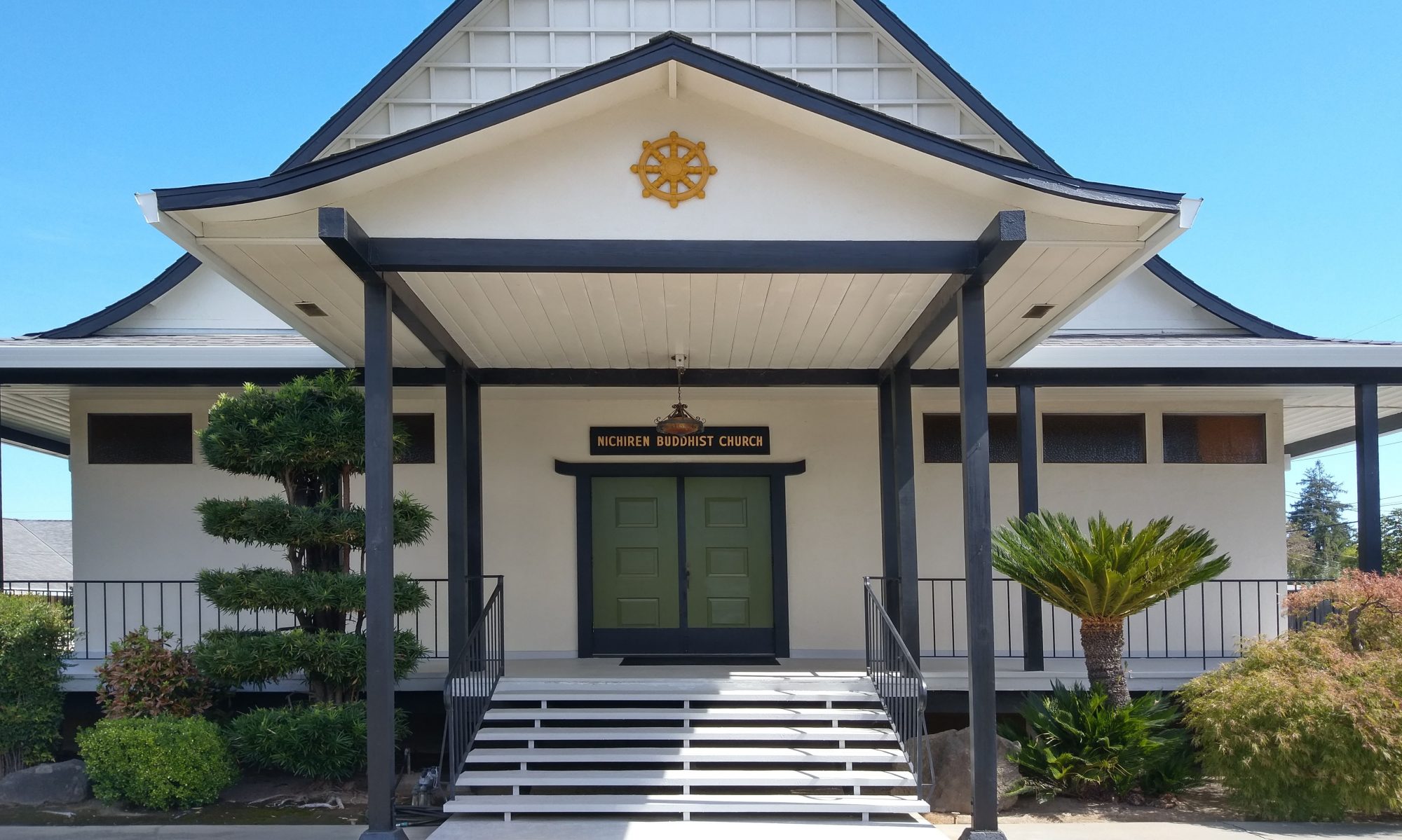
The Life Of Buddha
Buddha was born as a prince of Sakya to King Suddhodana and Queen Maya at Lumbini Park near Kapilavastu in 463 B.C. The Prince was named as Siddhartha. He grew up the princely way but at the age of 29, he decided to renounce the world to become a monk. Finding this world transient, he determined firmly to search for peace and the universal truth called “Dharma.”
Following 6 years of many forms of extreme asceticism, he finally attained Enlightenment and became Buddha at the age of 35.
At Deer Park near Varanasi, Buddha delivered his first sermon to the five ascetics who had lived with him during 6 years of his ascetic life.
They believed in Buddha and became his first followers. Here, for the first time the Saṃgha (group of Buddhist monks) appeared in the world.
Then Buddha went to Rajagriha and won over King Bimbisāra. After that the King became a faithful follower. From there Buddha went about the country persuading men to accept his teaching.
Thus two great disciples, Sariputra and Maudgalyayana and their two thousand disciples, became Buddha’s followers. Also, beginning with Buddha’s father Suddhodana, Buddha’s stepmother Mahaprajapati, his wife Princess Yashodhara, and his son, Rahula, all members of the Sakya clan became his devotees and faithful followers.
For 45 years Buddha continued to preach and persuade men to believe his teaching, but at the age of 80, he realized the time of his passing.
It was at the forest of Sala trees in Kushinagar where Buddha laid himself between two large Sala trees.
There he delivered his last sermon to the disciples gathered around him. After that Buddha calmly entered into Parinirvāṇa. At that time Buddha was 80 years old (B.C. 383).
Famous Buddhist Sites
- (1) Lumbini (Nepal)
- Birth place of Gotama Buddha.
He was born at Lumbini Park in the suburbs of Kapilavastu in 463 B.C. - (2) Bodh Gaya (Gaya, Bihar)
- The place where Gotama became spiritually enlightened under the Bodhi tree through 6 years of extreme asceticism at the age of 35.
- (3) Sarnath (Uttar Pradesh)
- The place where the first sermon was made by Buddha after his attaining enlightenment.
- (4) Rajgir (Nalanda, Bihar)
- The capital of ancient kingdom of Magadha. The principal Buddhist sites are following:
- Gṛdhrakūṭa parvata–The hill where Buddha preached the Saddharmapuṇḍarīka-sūtra.
- Veṇuvana vihāra–The first vihāra of Buddha contributed by Kalandaka.
- Ajātaśatru’s prison–The site of the prison where Ajātaśatru imprisoned his father King Bimbisāra.
- (5) Saheth Maheth (Sravasti, Uttar Pradesh)
-
- Saheth: The site of Jetavana vihāra Sudatta contributed to Buddha.
- Maheth: The site of Śrāvastī, the capital of ancient kingdom of Kosala.
- (6) Kushinagar (Kasia, Uttar Pradesh)
- The place of the Buddha’s Parinirvāṇa. He passed away after preaching over 45 years at the age of 80 (383 B.C.).

Buddha’s saying
“This world of change and suffering is my world ; these ignorant, heedless people are my children ; I am the only one who can save them from their delusion and misery”
(The Teaching Of Buddha)

Buddha’s saying
“Long is the night to the wakeful, long is the road to him who is weary, long is Saṃsāra to the foolish who know not the Sublime Truth.”
(Dhammapada)

Buddha’s saying
“I will cause all living being to cross the ocean of birth and death if they have not yet done it.
I will cause them to emancipate themselves from suffering if they have not yet done it.
I will cause them to have peace of mind if they have not yet done it.
I will cause them to attain Nirvāṇa if they have not yet done it”.
(The Lotus Sutra)

Buddha’s saying
I always think: ‘How shall I cause all living beings To enter into the unsurpassed way And to become Buddhas quickly?’
(The Lotus Sutra)

Buddha’s saying
“To avoid any evil, to seek the good, to keep the mind pure: this is the essence of Buddha’s teaching”
(The Teaching Of Buddha)

Buddha’s saying
Blossoms come about because of a series of conditions that lead up to their blooming; leaves are blown away because a series of conditions lead up to it. Blossoms do not appear unconditioned, nor does a leaf fall of itself.
So everything has its coming forth and passing away; nothing can be independent without any change.
(The Teaching Of Buddha)

Buddha’s saying
The Spirit of Buddha is that of great compassion and loving kindness. The great compassion is the spirit to save all people by any and all means.
The great loving kindness is the spirit that prompts it to be ill with the illness of people, to suffer with their suffering.
(The Teaching Of Buddha)

Buddha’s saying
“Make of yourself a light. Rely upon yourself; do not depend upon anyone else.
Make my teachings your light. Rely upon them; do not depend upon any other teaching.”
(The Teaching Of Buddha)
Download a PDF copy of this package

You must be logged in to post a comment.